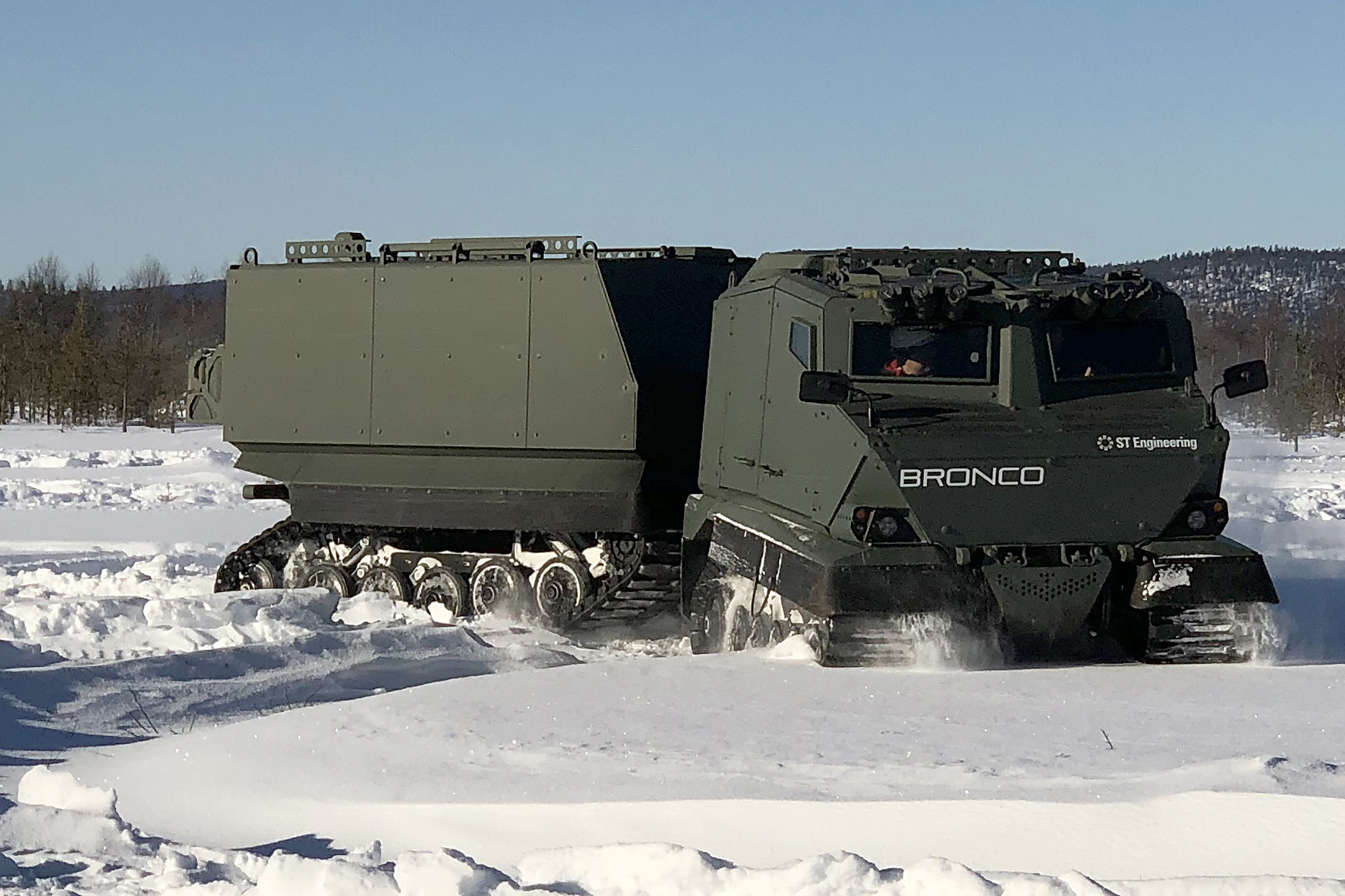The US Army has ordered prototypes its Cold Weather All-Terrain Vehicle (CATV) programme through the National Advanced Mobility Consortium. From 2023, the service will replace the Small Unit Support Vehicles (SUSV), which have been in service since the early 1980s and are known as BV206.
Prototypes for one general-purpose vehicle and one cargo vehicle each have been ordered for testing and evaluation by the user for delivery in the 2nd quarter of 2021. The prototypes will be evaluated in terms of:
- payload
- mobility
- crush resistance
- floatability
- transportability.
The US Army needs modern and capable equipment as the Arctic region becomes increasingly important for military operations. Its Arctic Strategy, released on 16 March 2021, emphasised the need to modernise and increase presence as Russia and China continue to assert their dominance in the region in pursuit of their economic and geopolitical goals.
CATV Candidates
Oshkosh Defense and its partner ST Engineering are delivering the prototypes under the name Oshkosh CATV, which is derived from the BRONCO 3, a vehicle built by ST Engineering and in service with several countries. This family of vehicles has completed more than 1,860 miles of performance testing in Arctic conditions and more than 200,000 miles in an operational environment in harsh desert terrain. The Oshkosh CATV prototypes offer built-in modularity to allow for a variety of configurations. For example, a general-purpose vehicle can be used as a troop carrier, Casualty Evacuation (CASEVAC) or Command Vehicle. It can be switched from one configuration to another in the field by a two-person crew within 30 minutes.
BAE Systems is building its prototypes for the CATV programme based on the BEOWULF, which is based on the BvS10 armoured vehicle, a solution already in production and in use with several variants in five nations. The BEOWULF offers efficient life cycle management and low routine maintenance and repair costs using common components in the BvS10. The vehicles are built by BAE Systems Hägglunds in Sweden, a partner alongside Germany, the UK and the Netherlands in the ongoing European programme to succeed the BV206.
The prototypes are tracked vehicles with two cabs, steered by hydraulic articulated steering. They are characterised by their high off-road mobility and their special suitability for use in extremely cold climates and under arctic conditions. The test vehicles will be subjected to extreme cold tests and evaluations at the Cold Regions Test Center in Alaska from August to the end of December 2021. Current plans call for final selection for the CATV to be made in the third quarter of 2022 with the award of a production contract for up to 200 CATVs subsequently expected.
Wolfgang Gelpke












